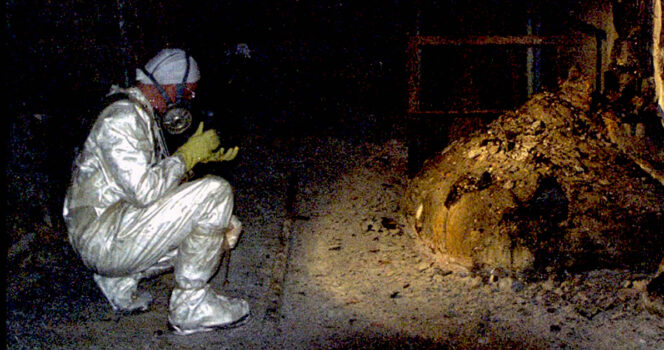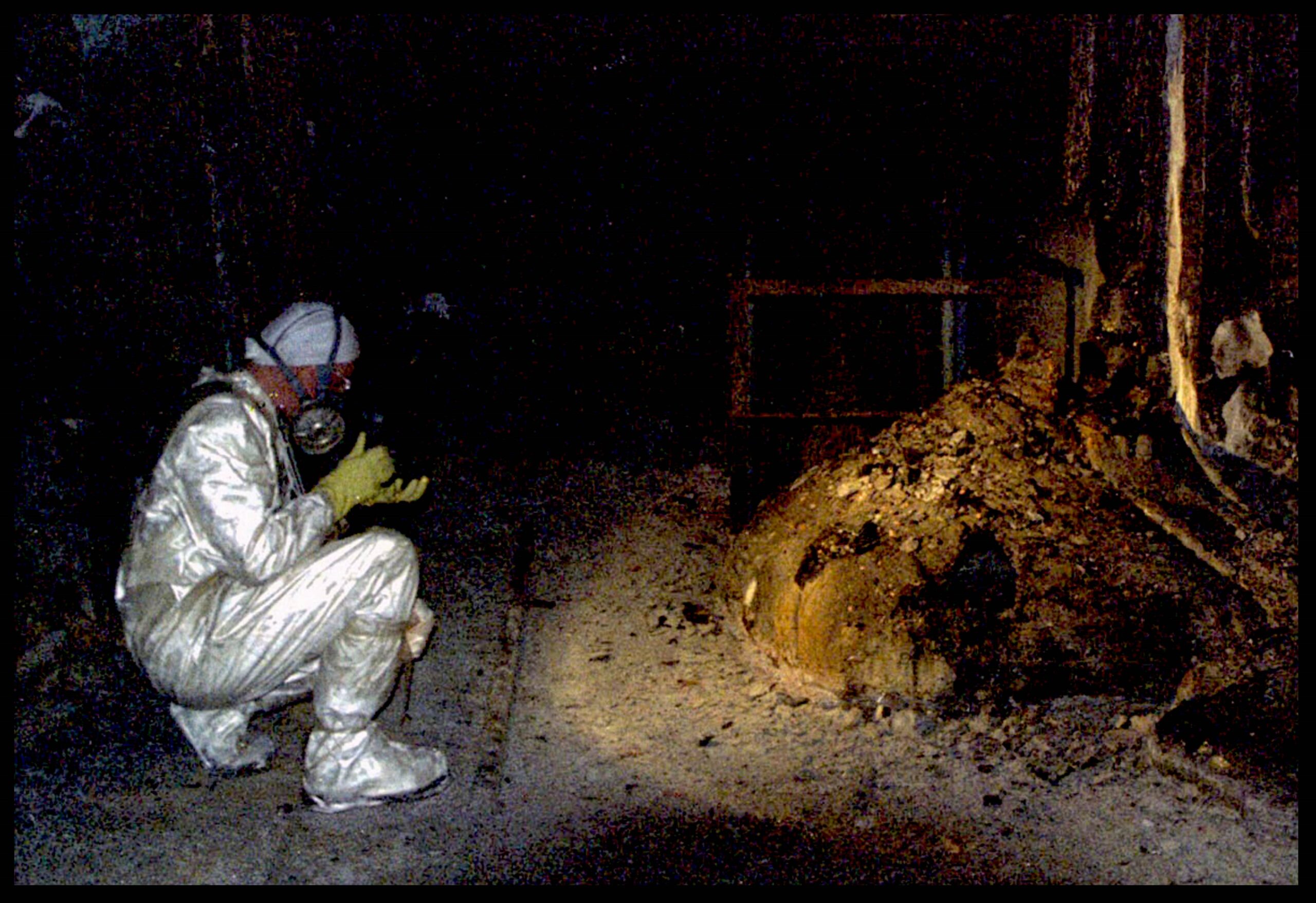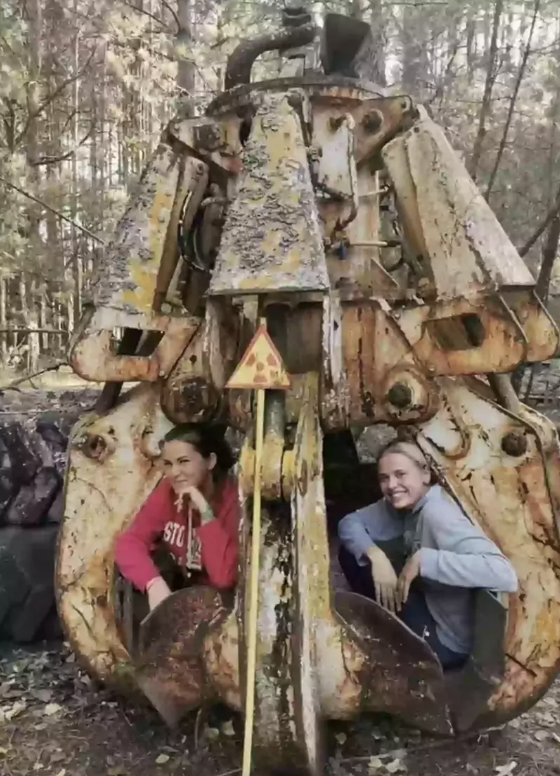
A few years ago I had a friend who told me they were going to visit Chernobyl, arguably the place on earth most associated with nuclear radiation.
The full and tragic story of the Chernobyl Nuclear Power Plant, based near Pripyat, Ukraine, is one that hardly needs telling again here. It should suffice to say that the majority of people view the place as a cautionary tale as to what can occur when we humans engage with substances and powers capable of wreaking untold havoc.
Long story short, when my friend told me of his plan to travel there, my response was something akin to mild shock. At the time, I wasn’t aware that tourists could visit the area where the Chernobyl disaster unfolded under the guidance of a certified guide (that’s no longer possible due to the war between Russia and Ukraine).
Needless to say, my pal returned alive and unharmed, having gotten close to all those areas around the former nuclear power plant that have been deemed safe, forty years after the accident that very nearly changed the world.
Now, at this point it should be noted that area remains uninhabitable, and will do for a very, very long time to come (some estimates reckon it will be thousands of years before the area is safe to live in). That said, people can and have visited the site, or at least could and did before Russia’s invasion.
So what’s actually there now? Well, it should come as little surprise that there are plenty of poignant reminders as to the severity of the disaster, including abandoned homes, rusting equipment, and, of course, the Sarcophagus and New Safe Confinement built to seal in the dangerous radiation.

A mass of nuclear fuel, melted concrete, and metal known as the Elephant’s Foot is thought to be the single most radioactive object in the world. That, of course, can’t be seen and touched (God forbid) by visitors, but there are other iconic, if not wholly eerie, souvernirs from mankind’s closest brush with nuclear catastrophe that can.
One of them is the large claw from a digger, left behind when the area was evacuated. The claw had originally been used to clear extremely radioactive material from the remains of the exploded reactor number four, which in turn made the claw itself radioactive.
Yet, as I stated above, the claw is/was accessible to people visiting Chernobyl, and one particularly ill-advised photo saw two tourists climb onto it for a picture. The women crouched in the grip of the claw, making contact with the radioactive material.
The result was a chilling image – I don’t think anyone’s debating that – but the two women likely didn’t spend enough time close to the claw to do themselves any long-term damage. Radiation Answers claims that a few minutes in the vicinity of the claw would result in the absorption of a few microsieverts (mSv) of radiation.

The claw is said to emit 0.3mSv an hour, while a usual chest x-ray works out at 0.1mSv. This means that 20 minutes next to the claw gives you the same exposure to radiation as a chest x-ray… so, not immediately and irreversibly fatal, but probably still not a great idea to let your children turn it into a climbing frame.
“Big deal? Nope. Would I needlessly get up close and personal with this junk? Also nope,” one person wrote on Reddit.
Another penned: “The reason this thing is radioactive is that it’s coated with radioactive dust and dirt. Things that might cling to the skin and clothes of whoever touches them and continue emitting radiation for a long time, and possibly ingested.”
Just for reference, the aforementioned Elephant’s Foot threw out 10,000 roentgens of radiation per hour during its peak, which is the equivalent of millions of chest x-rays. Less than a minute of exposure to this terrifying amalgamation of trouble would have resulted in a fatal dose.
As the years pass its radiation levels have dropped due to radioactive decay, but it remains – obviously – incredibly dangerous.
READ MORE
- Bear attack survivor’s chilling final note to family
- Four deputies from same department died by suicide 6 weeks apart




